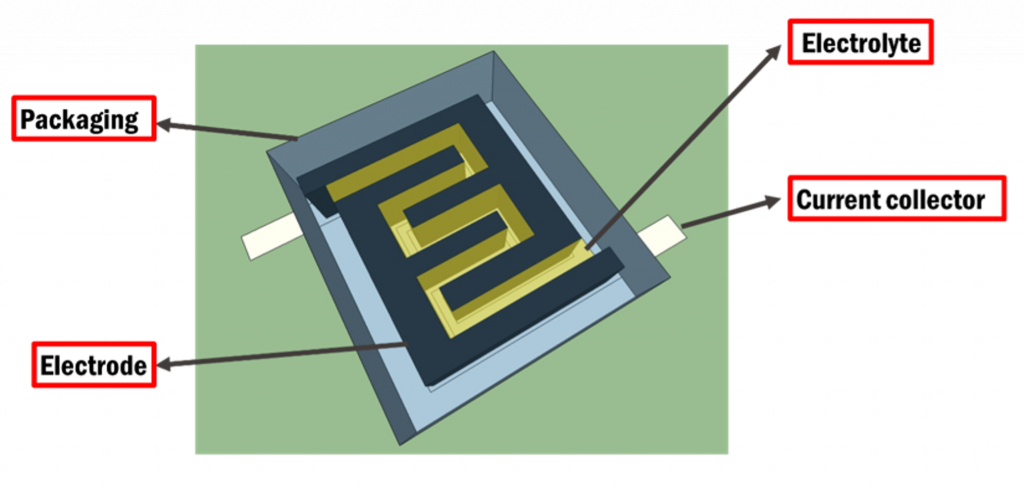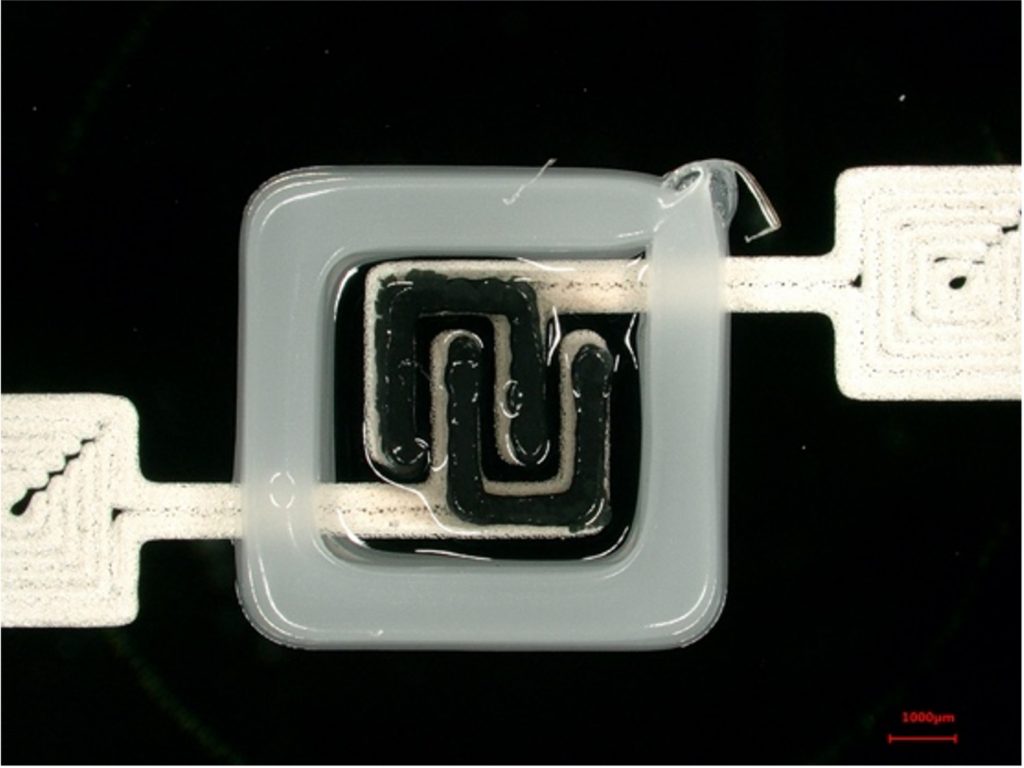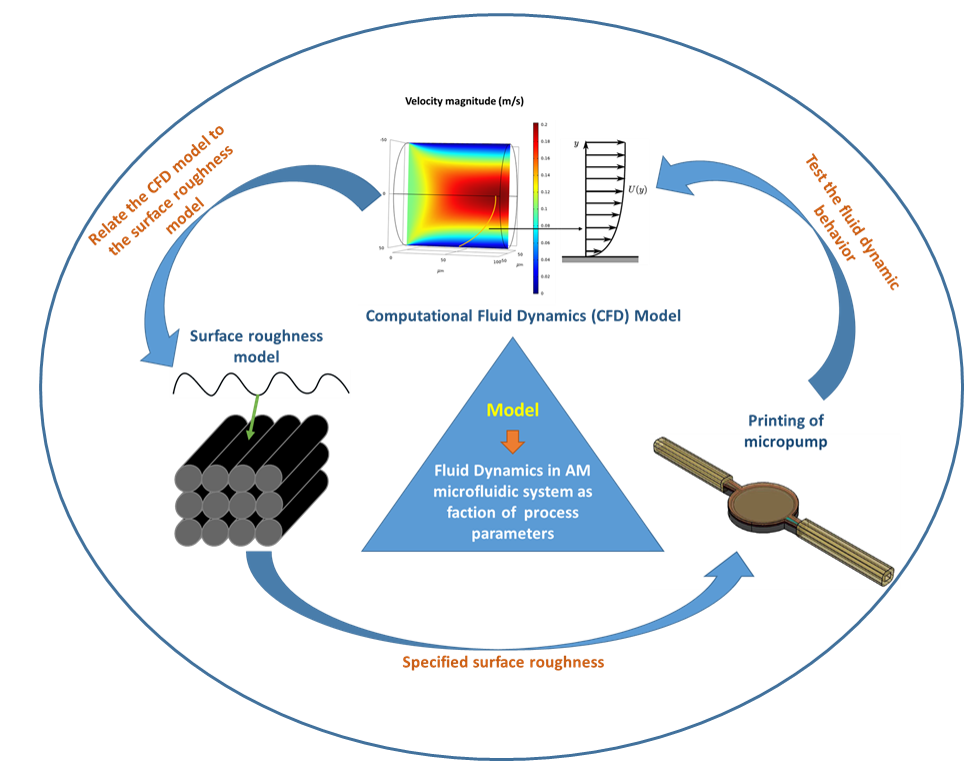Additive Fabrication enables the realization of complex microsystems integrating electronic, mechanical, and/or chemical functions in highly integrated units. In these projects, we are developing materials, processes, and systems to realize robust technologies for additive manufacturing of such complex functional microsystems, covering applications in energy, microfluidics, and electronics.
Additively printed High-performance Microsupercapacitors

Microsupercapacitors are attractive for integrating energy devices in small microsystems such as motes, sensors, and wearables. We seek to create 100% additively manufactured microsupercapacitors (supercapacitors with footprints <1 cm2), systematically refining the multi-component chemistries and device geometry to maximize the electrochemical performance of these energy-storage devices. We have already realized such mm-scale devices with world-record performance levels.
Affiliated member
Amin Hodaei

Additive Fabrication of Integrated Microfluidic Systems

Integrated microfluidic systems incorporating fluid flow, manipulation, sensing, and actuation are attractive for use in a range of applications in biology, chemistry, and medicine. In order to fully fabricate additively manufactured microfluidic systems, the systematic understanding of material and process development is critical. Microfluidics, and microdispensers in particular, provide excellent frameworks for understanding and refining functional and passive component design. In this project, we seek to fully develop a fully additive manufacturable microdispenser by combing a piezoelectric actuator with low-temperature phosphate glass. The piezoelectric actuator uses specially formulated piezoelectric inks and is being developed utilizing simulation-informed fluid dynamic modeling to optimize total device performance. Ultimately, the rational design principles from this project can be used across a wide range of additive fabrication applications.
Affiliated member
Mustafa Fadlelmula
Additive Manufacturing of Low-Temperature Glass

(Right) Microfluidic channel and silver conductor
This project aims at creating a fully printable glass by the first ever formulation of low-temperature phosphate glass. These glasses show good attachment between glass and metal and can be used for multi-material printing applications, as well as show very low sintering temperatures suitable for use with microelectronics and sensing / actuation materials. Currently, the project is working towards developing an electrode-integrated single-print microfluidic device
Affiliated member
Babak Mazinani